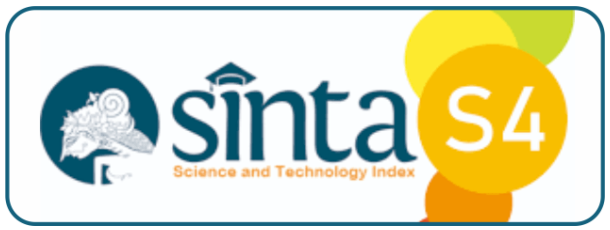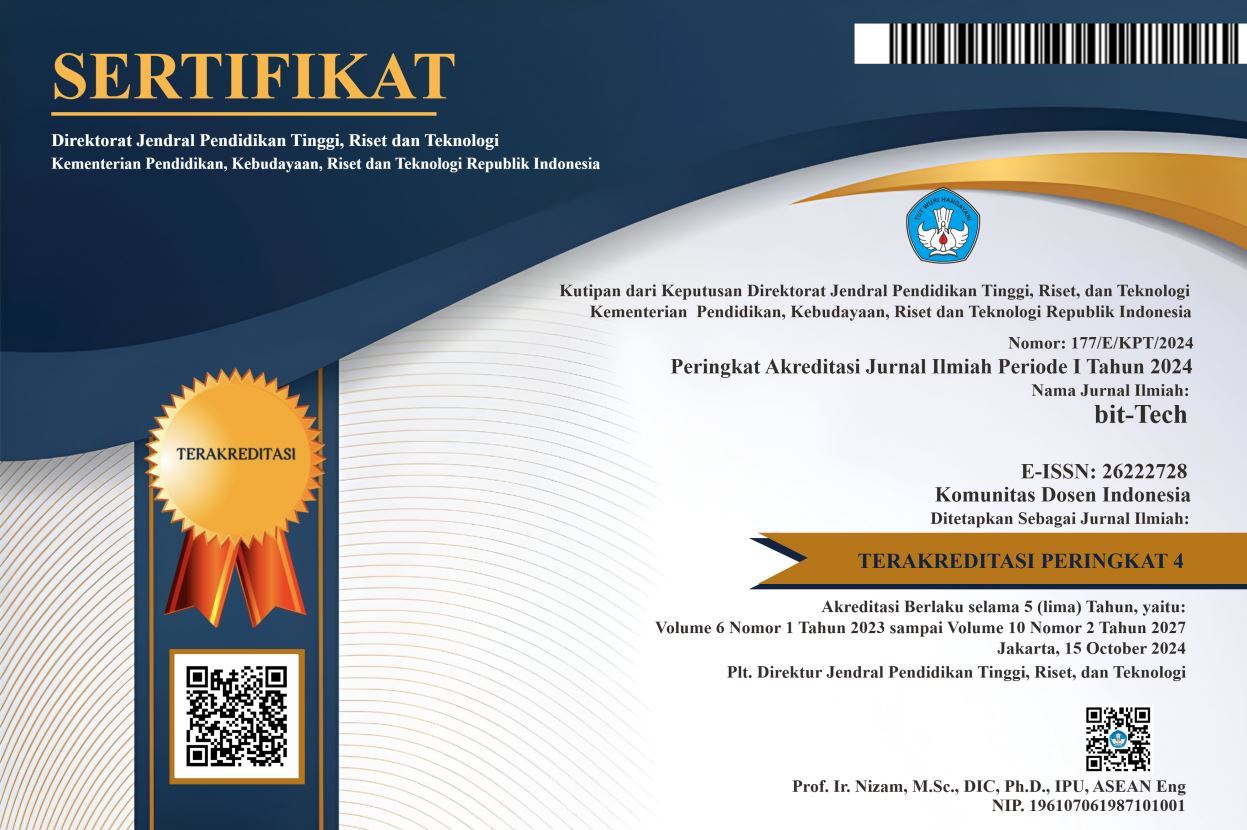Design and Application of K-Means Method to Predict Sales at Arya Elektrik Stores
DOI:
https://doi.org/10.32877/bt.v5i2.562
Keywords:
Arya Elektrik Shop, Cluster, K-means, Product , Selling
Abstract
In a shop, the product is a staple that is sold and bought. There are products in the store between products that sell well and products that don't sell. Given this problem, it is necessary to create a system that can classify products that sell, products that sell well, and products that don't sell well, which was carried out at the Arya Elektrik Store and carried out from March to July 2022. The K-Means algorithm is not affected by the order of objects used. used, this is proven when the author tries to randomly determine the starting point of the cluster center of one of the objects at the start of the calculation. The number of cluster memberships generated is the same when using another object as the starting point for the cluster center. However, this only affects the number of iterations performed. The purpose is to create applications and analyze product sales at the Arya Elektrik Store using the K-Means method. With this system, it can provide convenience benefits for analyzing the grouping of product sales at the Arya Elektrik Store, determining and classifying product sales that are selling well, very selling, and less selling. The method used to collect data is observation and interviews. With this application, shop owners can see the results of grouping these products. So, if there are products that don't sell well, shop owners can look for other alternatives so that products that don't sell can be sold.
Downloads
References
Prasetyo, H., & Sutopo, W. (2018). Industri 4.0: Telaah Klasifikasi Aspek Dan Arah Perkembangan Riset. J@ti Undip?: Jurnal Teknik Industri, 13(1), 17. https://doi.org/10.14710/jati.13.1.17-26.
Farissa, R. A., Mayasari, R., & Umaidah, Y. (2021). Perbandingan Algoritma K-Means dan K-Medoids Untuk Pengelompokkan Data Obat dengan Silhouette Coefficient di Puskesmas Karangsambung. Journal of Applied Informatics and Computing, 5(2), 109–116. https://doi.org/10.30871/jaic.v5i1.3237.
Asroni, A., Fitri, H., & Prasetyo, E. (2018). Penerapan Metode Clustering dengan Algoritma K-Means pada Pengelompokkan Data Calon Mahasiswa Baru di Universitas Muhammadiyah Yogyakarta (Studi Kasus: Fakultas Kedokteran dan Ilmu Kesehatan, dan Fakultas Ilmu Sosial dan Ilmu Politik). Semesta Teknika, 21(1), 60–64. https://doi.org/10.18196/st.211211.
Pramesti, R. W. (2022). Penerapan Metode Peramalan (FORECAST) Penjualan Pada DZIKRAYAT Business Cent. Repository Muhammadiyah University of Ponorogo, er Ponorogo, 10.
Gumanti, A. (2020). Prediksi PasokanPengharum Pakaian dengan MetodeTrend Moment pada CV. Tunas Kr'unia Abadi Kisaran. Stmik Royal Sekolah Tinggi Manajemen Informatika Dan Komputer Royal, 8.
Yuniva, I. (2019). Perancangan Website Penjualan Pada Toko Automotive Filter Mobil. Journal CERITA, 5(2), 146–155. https://doi.org/10.33050/cerita.v5i2.408.
Chailes, A., Hermawan, A., & Kurnaedi, D. (2020). Penerapan Metode Data Mining Untuk Menentukan Pola Pembelian Dengan Menggunakan Algoritma. Jurnal Algor, 1(2), 1–8.
Ananta Gautama, W., (2017). Faktor-Faktor Penyebab Anak Putus Sekolah Dari Mi Mathla’ul Anwar Kota Jawa Kecamatan Way Khilau Kabupaten Pesawaran (Doctoral Dissertation, Uin Raden Intan Lampung).
Taraporevala, S., & Sahin. (2017). Metode Penelitian. Physics Education, 23(4), 8.
Kurnia, L., (2020). Studi Literatur Penggunaan Local Exhaust Ventilation (Lev) Dalam Meminimalisir Debu Pada Industri Furnitur. 8.
Downloads
Published
How to Cite
Issue
Section
License
Copyright (c) 2022 bit-Tech

This work is licensed under a Creative Commons Attribution-ShareAlike 4.0 International License.
I hereby assign and transfer to bit-Tech all exclusive copyright ownership rights to the above work. This includes, but is not limited to, the right to publish, republish, downgrade, distribute, transmit, sell, or use the work and other related materials worldwide, in whole, or in part, in all languages, in electronic, printed, or any other form of media, now known or hereafter developed and reserves the right to permit or license a third party to do any of the above. I understand that this exclusive right will belong to bit-Tech from the date the article is accepted for publication. I also understand that bit-Tech, as the copyright owner, has sole authority to license and permit reproduction of the article. I understand that, except for copyright, any other proprietary rights associated with the work (e.g. patents or other rights to any process or procedure) must be retained by the author. In addition, I understand that bit-Tech permits authors to use their papers in any way permitted by the applied Creative Commons license.


 DOI :
DOI :
 Abstract views: 219
/
Abstract views: 219
/  PDF downloads: 151
PDF downloads: 151











